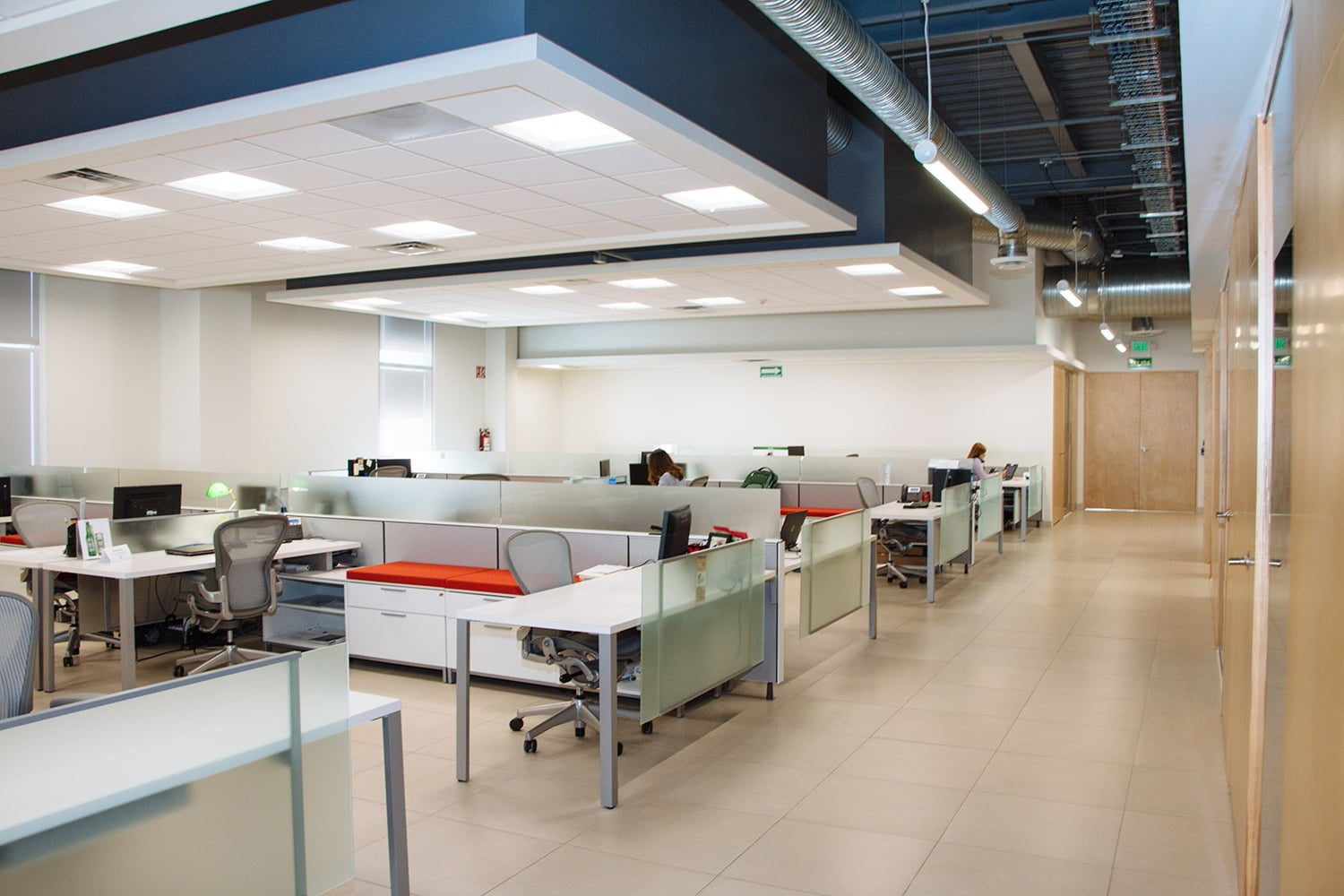Imagine: All the employees working in a shiny new office and thriving in a perfectly organised workspace.
Sure, it starts out exciting, but moving your business operations to somewhere new requires a lot of work – probably even more than a house move. As the panic begins to set in, try to focus on what you need to do to prepare for the big day.
With the help of professional movers and the following five tips, your commercial office relocation can be smoother than you can ever imagine.
1. Purge and declutter.
Like home shifting, an office move requires making decisions, and one of the smartest choices you can ever make is to reduce the number of items that need to be transported. The fewer things for movers to haul, the easier the move becomes.
Clear out all the papers and other items that need to be discarded. Put anything you don’t plan on bringing in one area, properly labelled and communicated to the movers as a “not for hauling” pile.
If you want a fresher start upon your arrival in the new office, you can even have a garage sale for your desks, office chairs and other old but still useful items that will be replaced as you set up your new office. You can also post the items online and have buyers pick them up before your big move.
As a bonus, the sale proceeds can be your supplemental fund for the new office move.
2. Organise key documents.
Depending on your business type, you’re bound to have more than a few bundles of documents that need to be organised. Although full-service movers and packers in Dubai do help with the packing, you’ll still want to be the one to sort out those documents before the move.
To do this, you need to:
- Centralise information.
Develop a recording system for your notes, to-do lists, documents and other relocation-critical items. By figuring out the easiest way to centralise information, you can easily access all the data you need on demand.
Although some would still prefer to have a printout of this information, you can also store them digitally, like in Google Drive or any other cloud-based storage system. This way, you can still access them using any device (no more pulling your hair out due to misplaced notebooks).
- Organise important documents.
Using the method you chose to organise your move, arrange all pertinent documents, like contracts, insurance records and agreements in one place. Create folders according to the type of file you’re keeping and label them accordingly.
Even if you’re not the kind of business that handles these papers, you can still do this. You’ll eventually need them at some point, so try to carve out space for them for later.
3. Inform all employees of the plan.
Information dissemination for an office move should be complete, concise, and done at just the right time. Don’t wait until the last minute to let employees know about the plan, as they also need time to prepare for it.
Ideally, you should make the announcement a few weeks before the big day. Here is the crucial information you need to include:
- The new office name and address.
- Some relevant features of the new space.
- The moving dates.
- A justification for the relocation (e.g., a statement from the key decision-maker in the company).
- A summary of things that employees need to do for the relocation, if any.
- Other future relocation information they should expect to receive (e.g., office assignments).
4. Establish a timeline for the move.
Create a timeline for the move to help everyone – the movers, your office staff and everyone else involved – remain on the same page.
Here are a few things to keep in mind when creating an office relocation timeline:
- Consider your current office lease.
You’ll want to avoid overlapping rent payments, so try to move at a date that gives you just enough time to haul everything from your former commercial space. You’ll need to account for deep cleaning for both the old and new offices as well.
- Inform your landlord.
Not all leases are the same. To avoid any misunderstandings with your landlord, check your lease for the terms on non-renewal before you set a relocation date.
There should be a part in the lease agreement indicating when the landlord should be informed that you will no longer be renewing the lease.
5. Develop an inventory checklist.
Even with help from professional commercial packers and movers, you’ll still want to maintain a working knowledge of all the items that need to be moved from your former office to the new one. This is where an inventory checklist becomes handy.
An inventory checklist helps keep your move organised and ensures that everything you intend to bring arrives safely at your new office.
Like document organisation, we recommend creating both a digital list and a hard copy of your inventory. This way, you’ll be able to check whether all your office supplies and equipment arrived complete and safe in your new business establishment.
You can choose to take a complete inventory of everything, down to the pads, markers, and other small office supplies. However, it would be more efficient to keep your list focused on the things that cannot be easily replaced, like:
- Filing cabinets
- Copy machines
- Whiteboards and chalkboards
- Kitchen appliances (e.g., microwaves, refrigerators and coffee makers)
- Mirrors, artwork, and other decorative items
- Office furniture (e.g., couches, tables, desks, desk chairs, etc.)
- Office electronics (e.g., TVs and monitors, computers and laptops, printers, etc.)
Move Towards Success
Moving offices is a significant step that could potentially bring success to your company. Do it right with the tips we listed here and get reliable relocation assistance with Writer Relocations. Send us a message for a quote.

